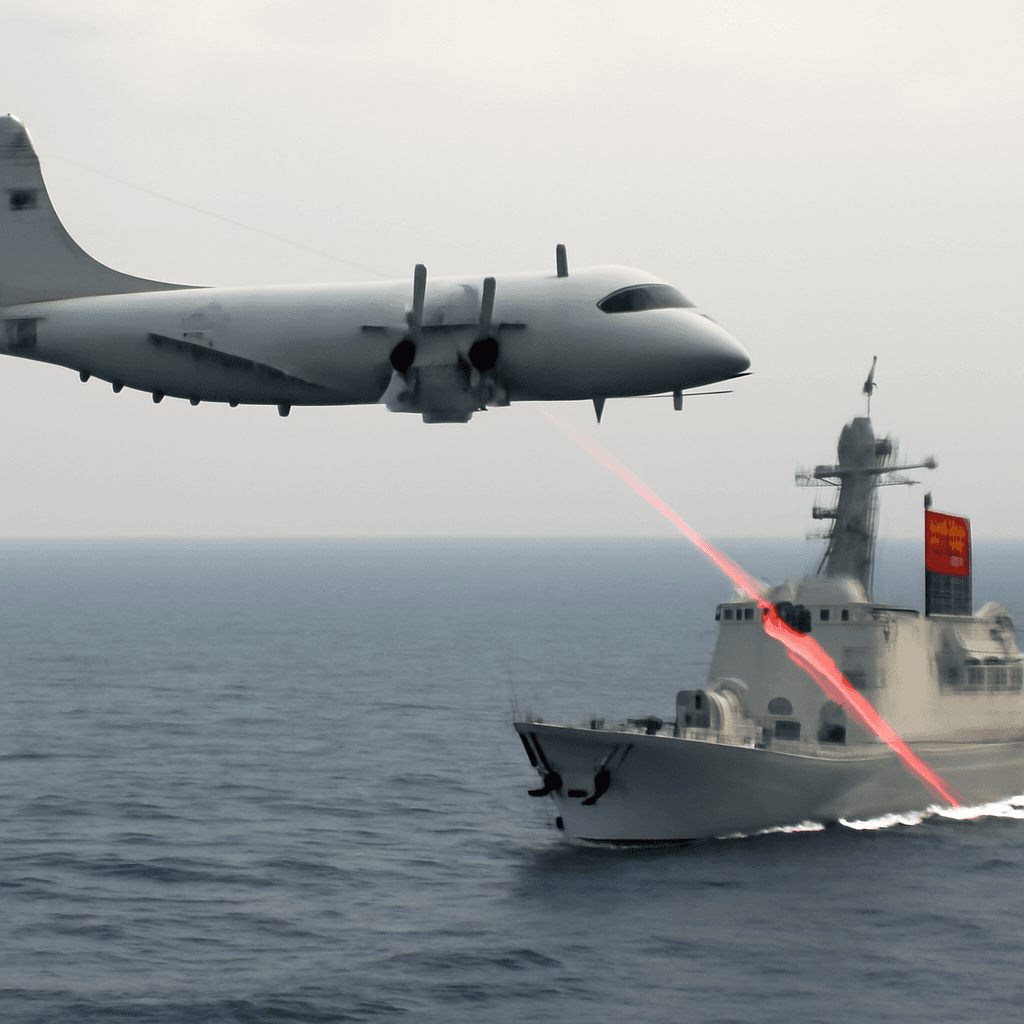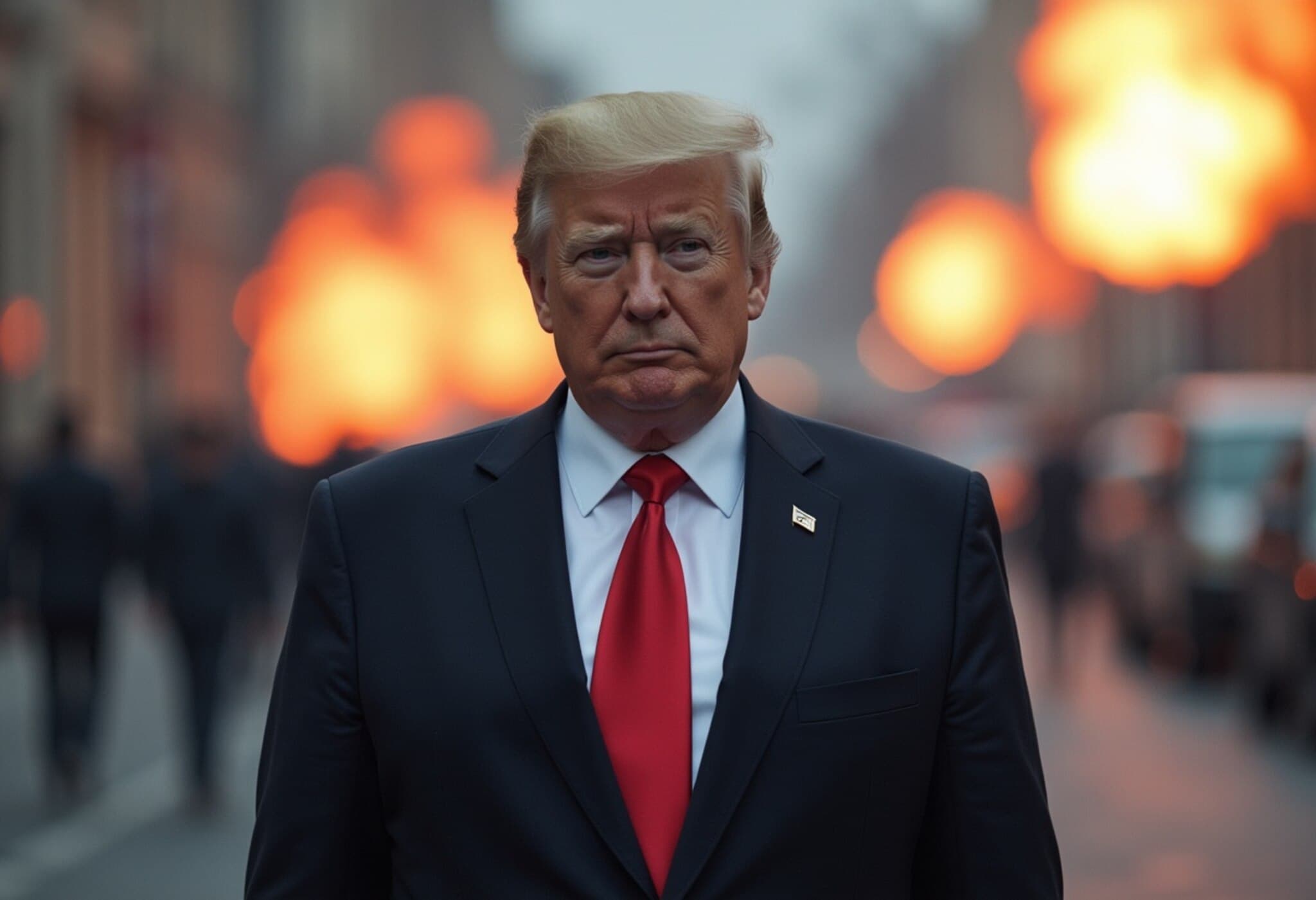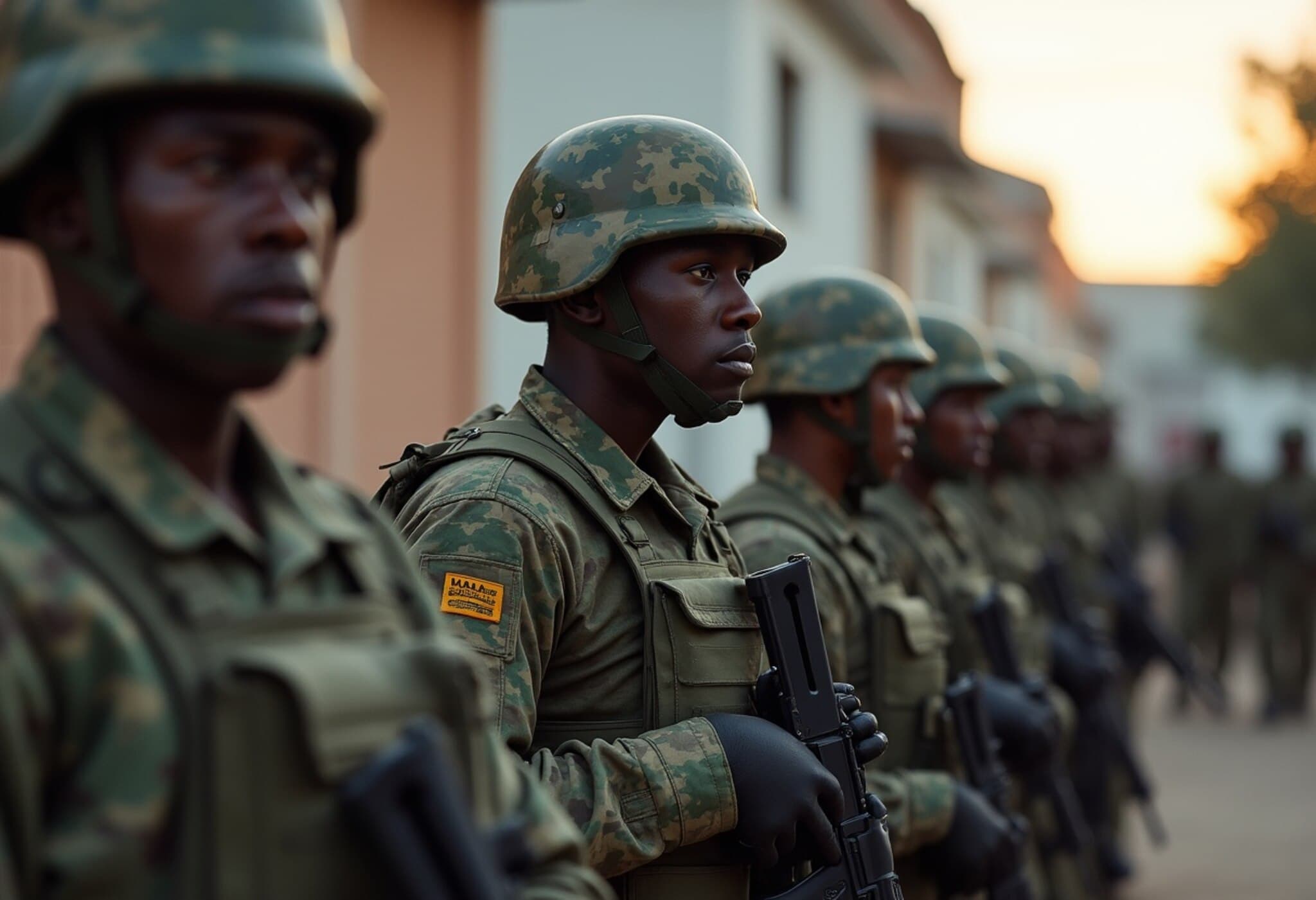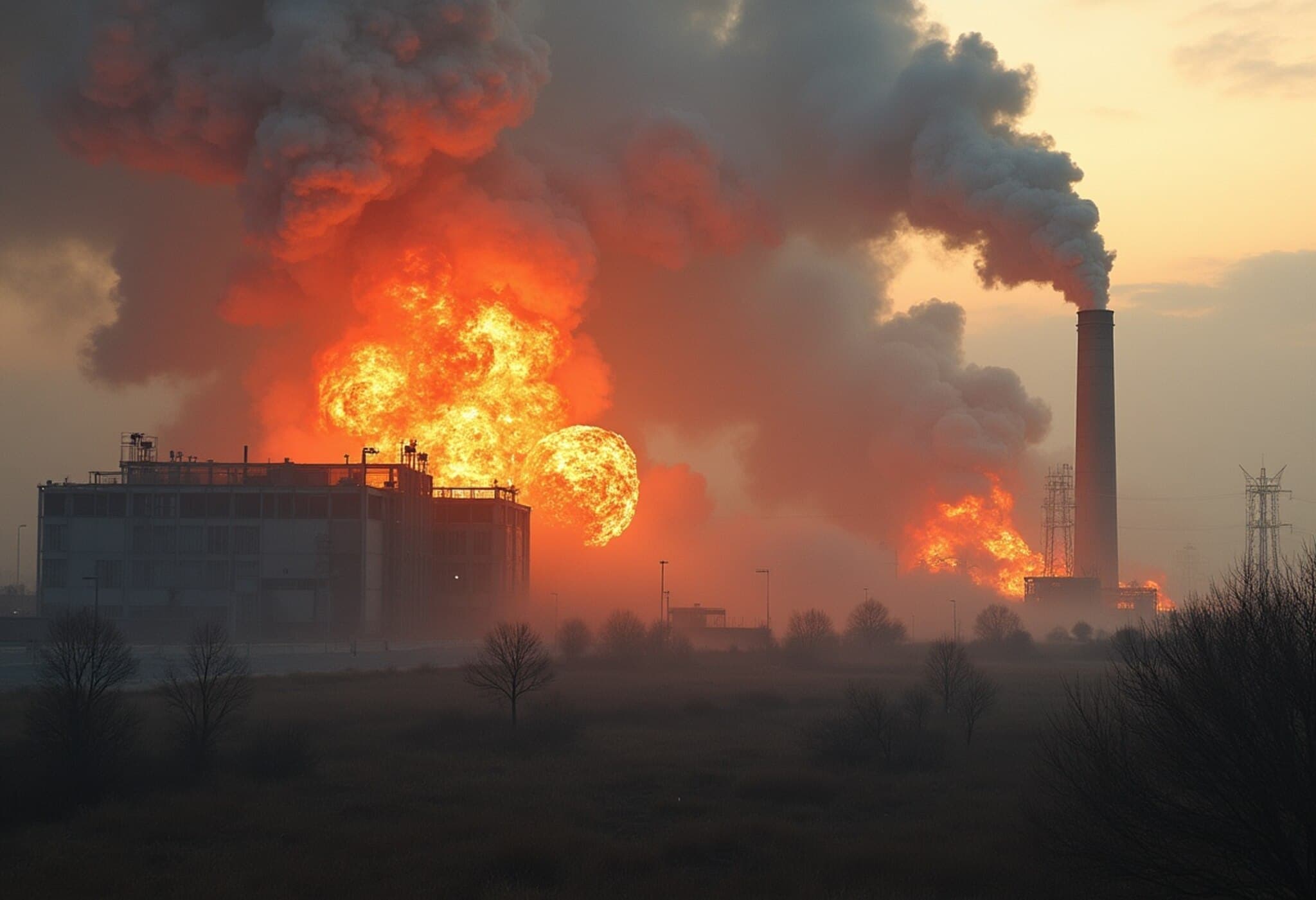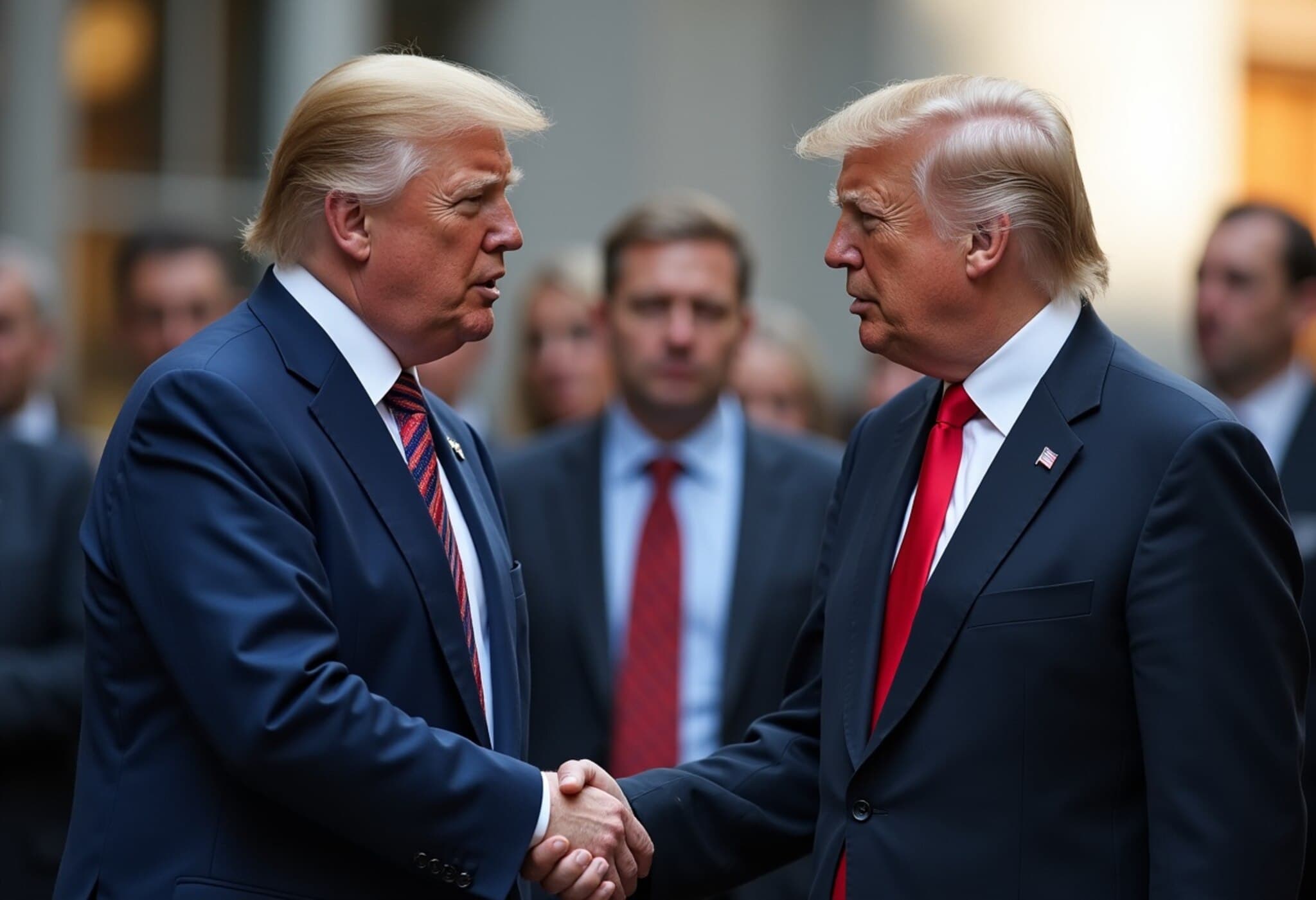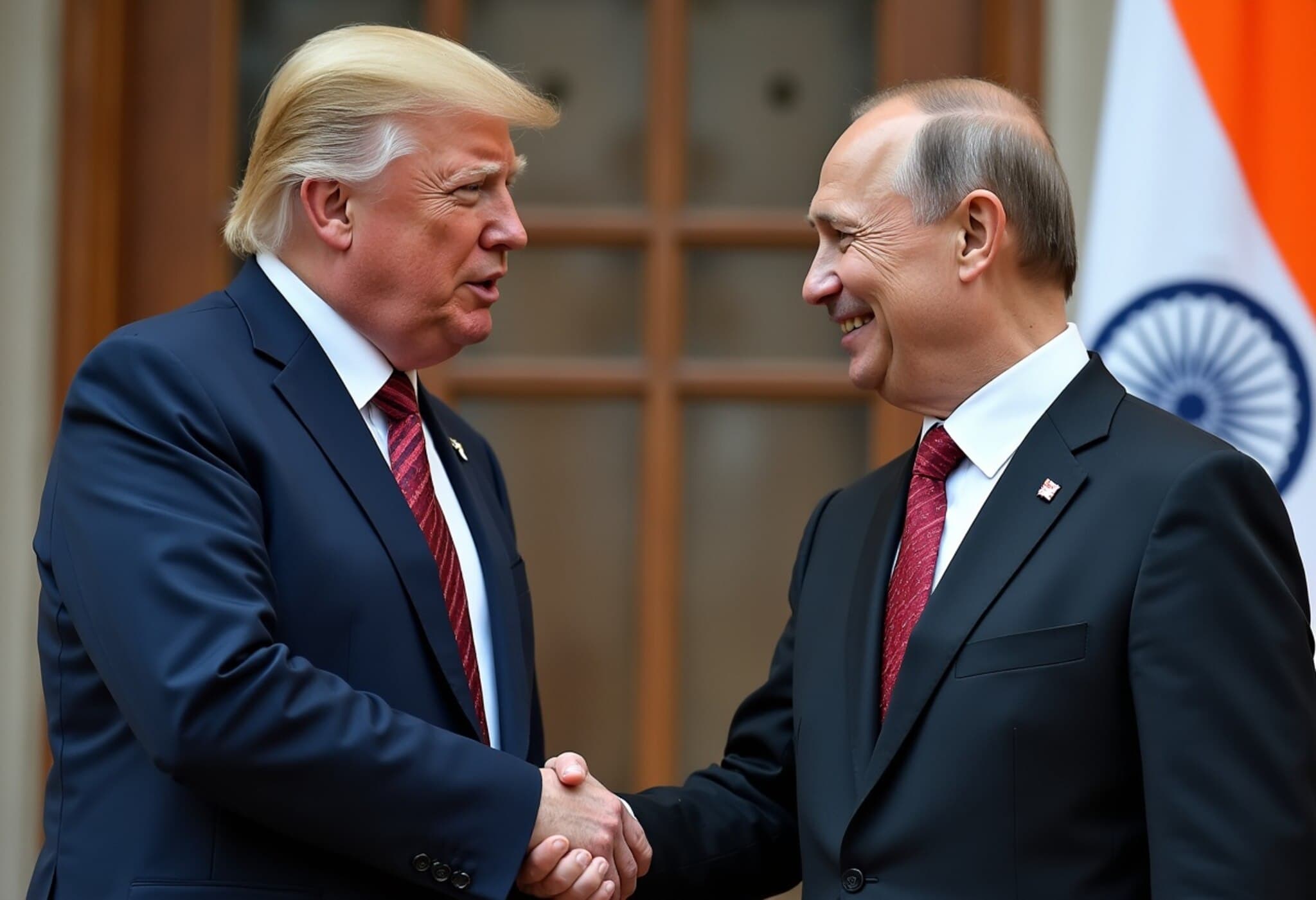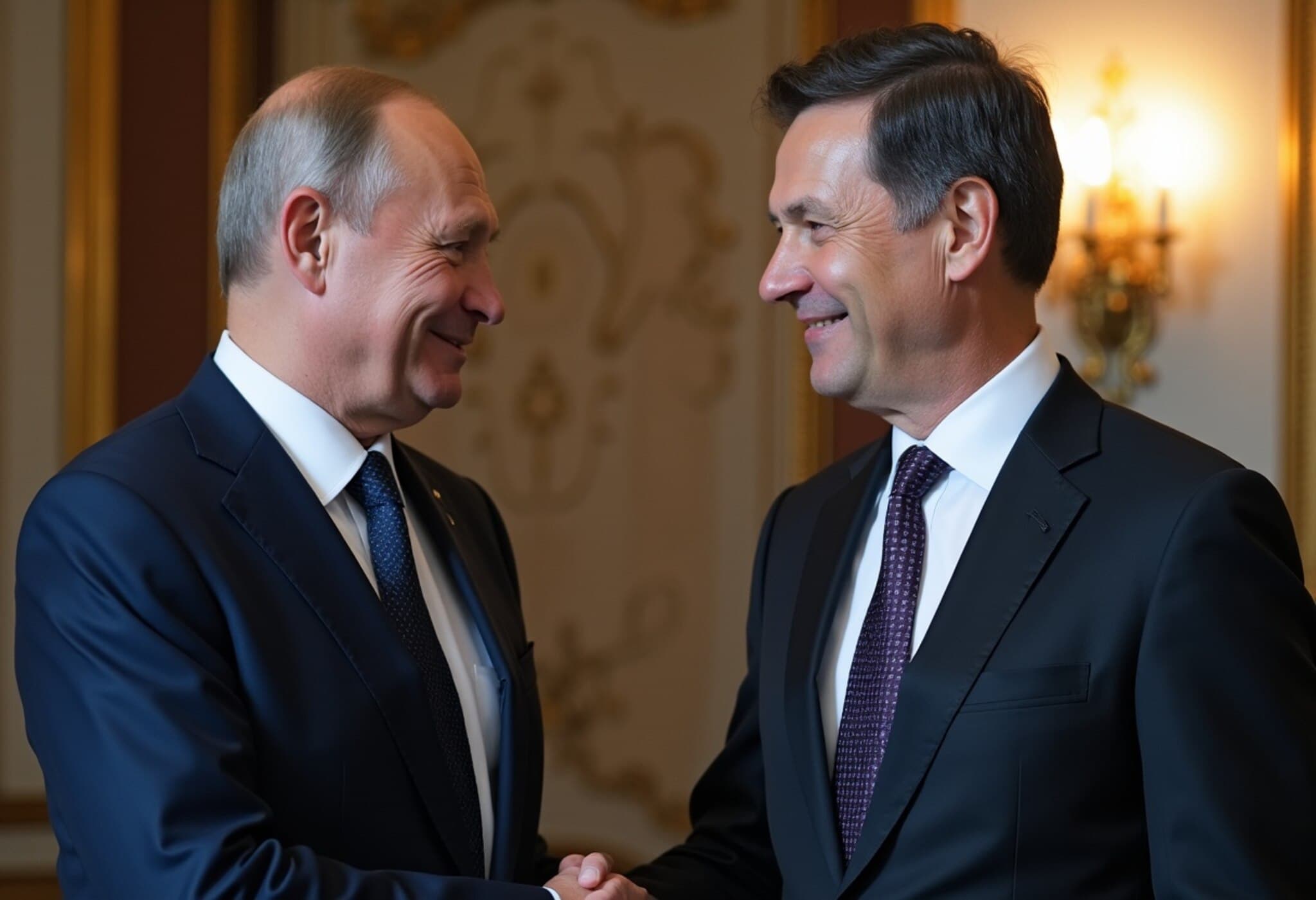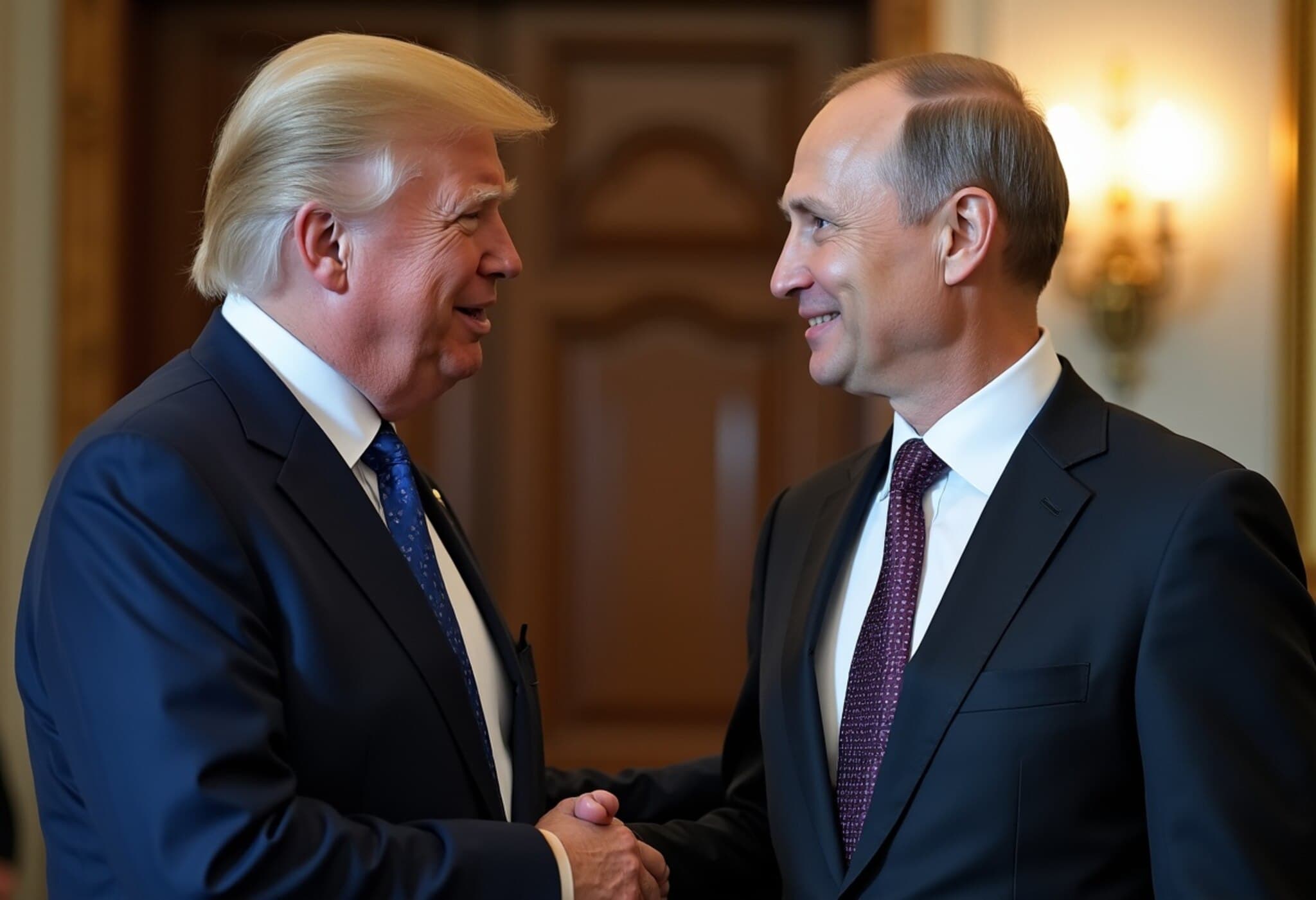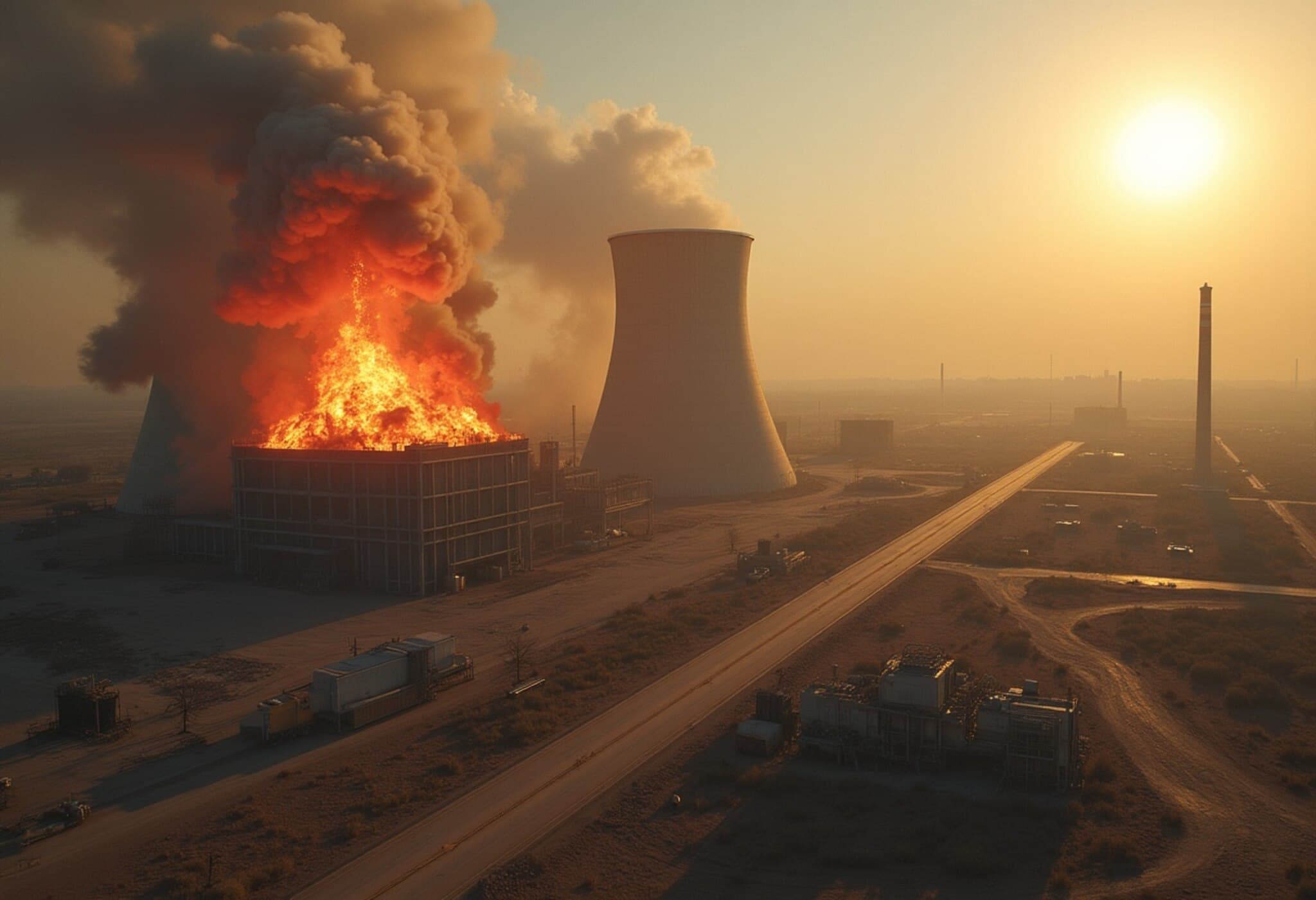IAEA Sounds the Alarm Following Alleged Russian Missile Attacks Near Zaporizhzhia Nuclear Power Plant
On August 2, 2025, Ukraine's largest nuclear facility, the Zaporizhzhia Nuclear Power Plant (ZNPP), found itself perilously close to conflict after multiple missile strikes reportedly launched by Russian forces targeted an area just over a kilometer from the plant. The International Atomic Energy Agency (IAEA) and Ukrainian officials confirm these strikes, raising fears about nuclear safety amid ongoing hostilities.
Explosions Heard and Smoke Observed Near the Plant
IAEA inspectors stationed at the ZNPP confirmed they heard loud explosions on Saturday morning and witnessed smoke billowing from an adjacent auxiliary facility. The timing of the attacks, around 9 a.m. local time (0600 GMT), coincided with active military exchanges between Ukrainian and Russian troops within 1.2 kilometers of the nuclear complex’s perimeter.
Rafael Grossi, the Director General of the IAEA, expressed grave concern: “Any attack in the vicinity of a nuclear power plant, regardless of the intended target, poses potential risks also for nuclear safety and must be avoided.” He emphasized the urgent need for maximum military restraint in such sensitive zones to prevent a catastrophic nuclear accident.
The Broader Military Context and Rising Tensions
The recent escalation follows a retaliatory Ukrainian strike on a strategic Russian air base in Siberia, which has triggered intensified Russian attacks in Ukrainian territory. The proximity of missile strikes to the ZNPP, located in southeastern Ukraine, has sparked international alarm, given the facility's critical role in Europe's energy infrastructure and nuclear safety.
On the early hours of Sunday, Kyiv also experienced a missile attack, adding to the tensions. Local authorities reported loud explosions shaking the Ukrainian capital shortly after midnight, signaling a widening spectrum of conflict zones.
While Russia admits to targeting Ukrainian military installations over the weekend, it categorically denies any strike on the Zaporizhzhia plant itself, underscoring the sensitive nature of targeting nuclear sites during armed conflict.
Why the Zaporizhzhia Plant Is a Global Flashpoint
- Largest Nuclear Facility in Ukraine: The ZNPP supplies a significant portion of Ukraine's electricity and is critical to the region’s energy stability.
- High Risk of Nuclear Catastrophe: A direct hit could trigger radiation leaks or a meltdown, potentially unleashing fallout affecting millions across Europe.
- Ongoing Conflict Zone: Proximity to active military engagements dramatically increases risk, challenging international safety protocols.
Experts warn the incident at Zaporizhzhia symbolizes a hazardous escalation that could have unprecedented environmental, humanitarian, and geopolitical consequences. The possibility of nuclear fallout extends beyond Ukraine’s borders, threatening neighboring countries and Europe at large.
Expert Insights: The Imperative of Nuclear Safety in Conflict Zones
This alarming episode highlights an underreported but critical challenge: the vulnerability of nuclear infrastructure in active war zones. International law and frameworks, such as the United Nations’ guidelines on nuclear safety and conflict prevention, stress protecting such sites. Nevertheless, the realities on the ground reveal how difficult enforcement and monitoring are under ongoing hostilities.
Furthermore, the incident calls for renewed dialogue between global powers to establish robust mechanisms ensuring nuclear safety, especially where military operations encroach upon nuclear facilities. The stakes are immense, not only geopolitically but for public health and global security.
Looking Ahead: Questions that Demand Urgent Answers
- Can diplomatic channels be utilized more effectively to enforce ceasefires around nuclear facilities?
- How can international observers increase their presence and influence to prevent direct attacks near sensitive infrastructure?
- What contingency plans are in place to mitigate nuclear disasters should a strike trigger plant damage?
In the shadow of escalating conflict, Zaporizhzhia stands as a stark reminder of the delicate intersection between warfare and nuclear security. The world watches anxiously, hoping reason and restraint will prevail before tragedy strikes.
Editor’s Note
The recent strikes near Ukraine’s Zaporizhzhia Nuclear Power Plant underscore the profound risks nuclear facilities face amid geopolitical conflicts. As Russian and Ukrainian forces engage perilously close to this critical infrastructure, the potential for disaster looms large. This incident advocates for intensified international cooperation to safeguard nuclear safety and establish enforceable protections in conflict zones. The consequences of failure could extend far beyond borders, affecting millions. As this situation unfolds, it remains imperative for policymakers, experts, and global citizens alike to advocate for peaceful resolutions and heightened vigilance around nuclear assets.



